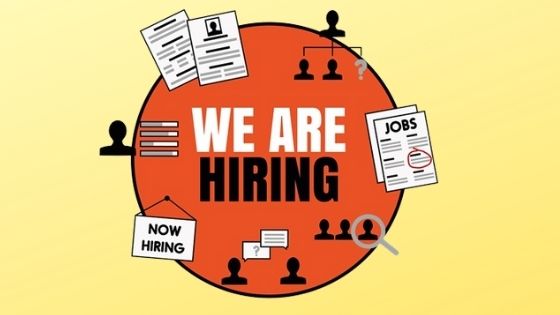Deciding to bring on a new employee is a big one. Not only do you need to find the right person for the job, but you also need to make sure that they’re properly integrated into the company culture and that they have all the tools they need to be successful.
Here are some of the tips on how to choose the right person for the job, and how to make their transition as smooth as possible.


Define the role you’re looking to fill
The first step in finding the right person for the job is to clearly define what the role is that you’re looking to fill. What skills and experience does the ideal candidate have? What personality traits would make them a good fit for your company culture? Once you have a clear idea of what you’re looking for, you can start to narrow down your candidate pool.
You can also use help from the onboarding software to set up the employee profile and create a personalized workflow for each position. You can also read here more about the onboarding templates that your HR team can use to create a standardized onboarding process for all new hires. Making this process as streamlined as possible will make it easier for you to get new employees up to speed and more productive more quickly.
Look beyond the resume
When you’re reviewing candidates, don’t just focus on their resumes. Yes, you want to make sure that they have the skills and experience that you’re looking for, but you also want to get a sense of who they are as a person. Are they a good fit for your company culture? Do they have the personality traits that you’re looking for?
One way to get to know a candidate beyond their resume is to conduct a behavioral interview. This type of interview focuses on past behavior as a predictor of future behavior. For example, if you’re looking for a candidate who can handle difficult situations calmly, you might ask them to describe a time when they had to diffuse a tense situation.
Make sure to also allow the candidates to ask questions about the job and the company. This will not only help you gauge their interest in the role, but it will also allow you to further sell them on the company.
Conduct a reference check
Once you’ve identified your top candidates, it’s important to conduct a reference check. This is your chance to speak with people who have firsthand knowledge of the candidate’s work ethic, skills, and abilities.
When you’re conducting reference checks, be sure to ask open-ended questions that will give you more than just a yes or no answer. For example, instead of asking the references if the candidate is hardworking, ask them to provide specific examples of times when the candidate went above and beyond their job duties.
Check references from multiple sources, including both professional and personal references. And, if possible, try to speak with references who can speak to different aspects of the candidate’s skills and abilities. For example, if you’re looking for a well-rounded candidate, you might want to speak with a reference who can speak to the candidate’s academics, as well as their work experience.
Prepare for the onboarding process
Once you’ve made your decision, it’s time to start preparing for the onboarding process. This is where you’ll want to make sure that the new employee has all of the information and resources they need to be successful in their new role.
First, you’ll want to introduce the new employee to their team and their manager. This is a good opportunity to give the team an overview of the new hire’s skills and experience, as well as what they’ll be working on in their new role. It’s also a good time for the team to ask any questions they might have about the new hire.
You’ll also want to give the new employee an overview of the company, including the company culture, mission, and values. This is a good time to provide any resources that will help the new employee learn more about the company. For example, you might give them a copy of the Employee Handbook, or a list of company policies.
Finally, you’ll want to set up a meeting with the new employee’s manager to discuss expectations and objectives for the role. This is a good time to go over the job description in detail and to discuss any specific projects or goals that the new employee will be working on.


Choosing the right employee for the job can be a daunting task, but with the right approach, it can be a seamless process for both the employee and the company. By focusing on skills and experience, conducting reference checks, and preparing for the onboarding process, you can make sure that your new employee is up to speed and productive as quickly as possible.














